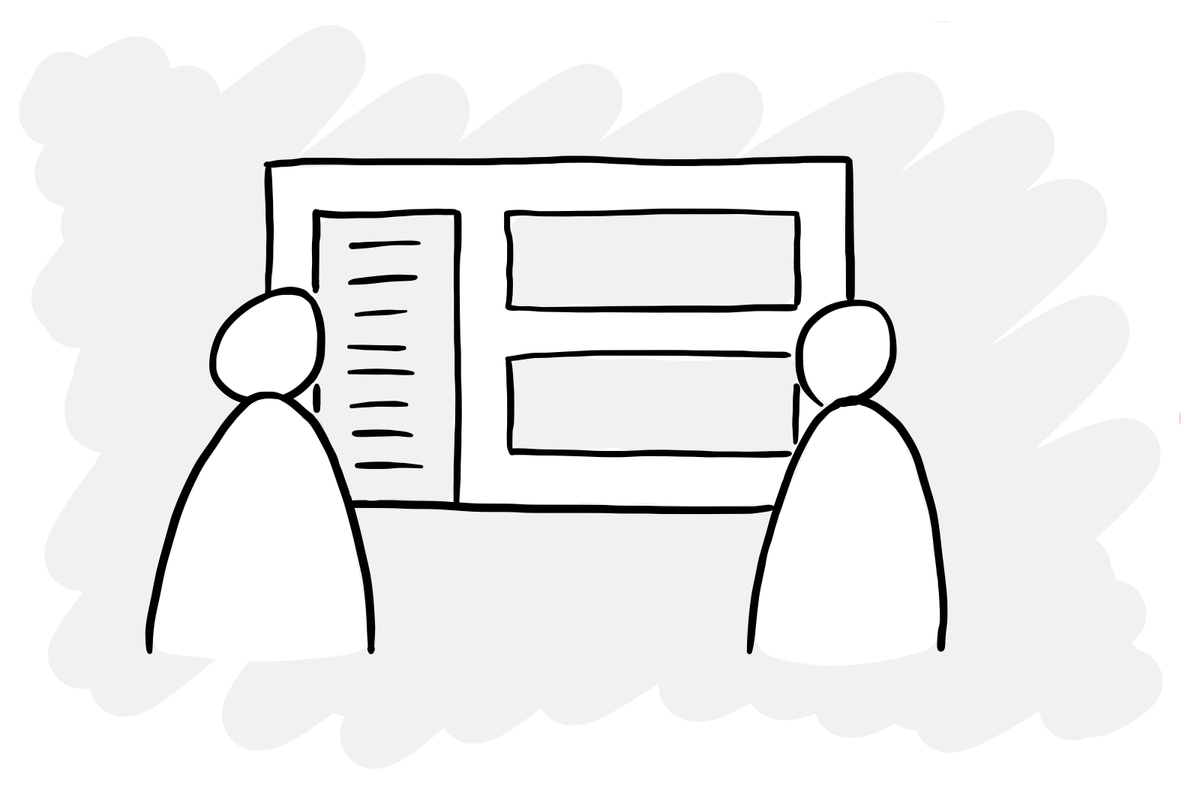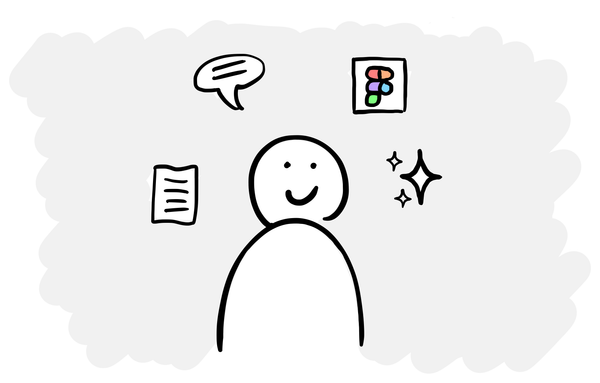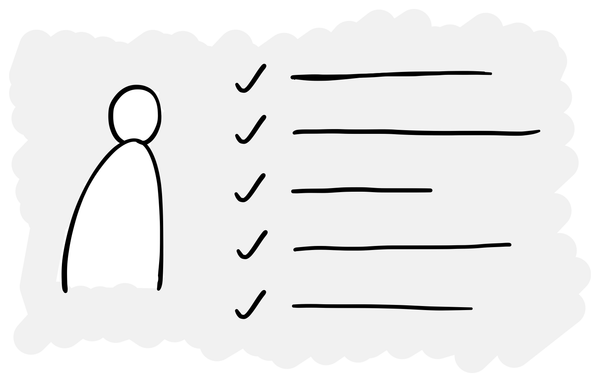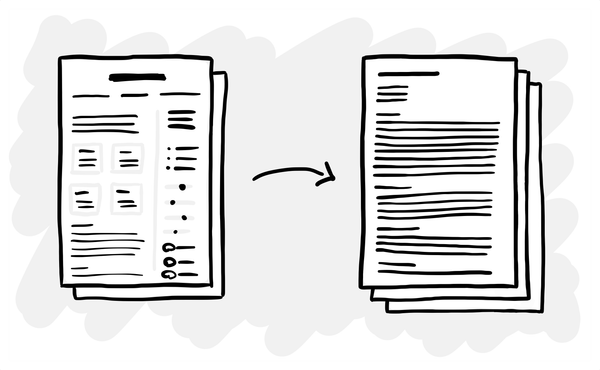Critiquing design is a researcher’s job
Years of observing real users give researchers a sixth sense for what will (and won’t) work.

Researchers are some of the best people at critiquing design work, but sometimes I see people who…
- Don’t realise that their viewpoint is valuable.
- Don’t have the skills or experience to critique design work.
- Are hesitant to offer feedback that’s not based on evidence they’ve gathered from the same project.
When researchers don’t speak up and contribute during design reviews, teams are missing out on a valuable perspective.
Why researchers make great design critics
Of course they conduct primary research that is directly applicable to what they’re working on. But almost as important is the accumulated years of experience they have watching people use software.
When you’ve done hundreds or thousands of hours of user interviews, it gives you an instinct for what will and won’t work. This expertise isn’t a replacement for research, but it makes researchers pretty good at guessing what real people will do when they encounter a design.
Empathy for customers is essential when critiquing design work, and the ultimate goal of any researcher is to generate this empathy in the minds of those who are making decisions about the experience.
How to contribute in a constructive way
- Speaking of empathy, the first step is to have some for the designer you’re working with. Consider the environment they are working in. Are they working with tight deadlines, big constraints, missing information or something else significant?
- Ask non-judgmental questions (“What were some of the options you considered before settling on this one?”, “Can you walk me through how you approached this part of the design?”)
- Share your experience of what you’ve seen before, from other research you’ve conducted. It might not be in the same exact context, but you don’t need to present irrefutable evidence here.
- Be as specific as possible. Vague feedback like “this feels off” isn’t helpful. Instead, explain your reasoning and what you’re basing it on.
- Avoid jumping to solutions, unless invited. Critique isn’t about redesigning. Stay focused on surfacing risks, raising questions and offering perspective rather than prescribing fixes.
Magic happens when designers and researchers work together
The most successful design teams I’ve seen have always been those where the designer and researcher are working hand-in-hand.
- They work on the design together.
- They work on the research together.
- They present their work together.
Most importantly, they feel joint ownership of the design work. It’s not the designer’s work who the researcher has helpfully given input into. It’s their work.
Some researchers just stick to their specialism and concentrate on their research. Who can blame them - there’s a lot to do in that alone. But when researchers isolate themselves to their own domain, the rest of the team is missing out on their full skillset and expertise. The best design outcomes always come from researchers and designers working more closely together.




